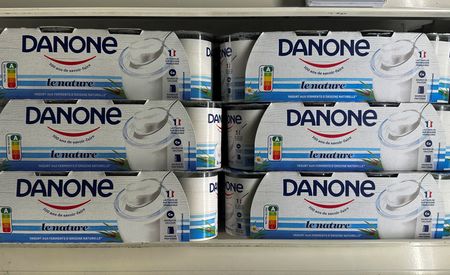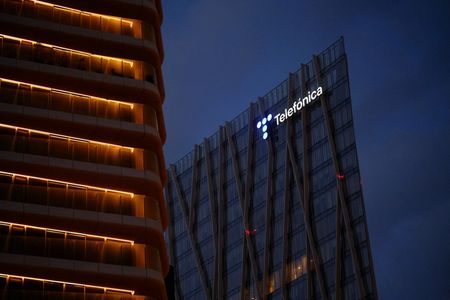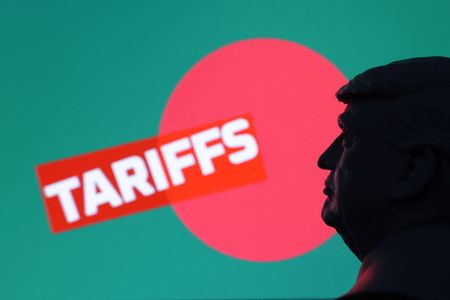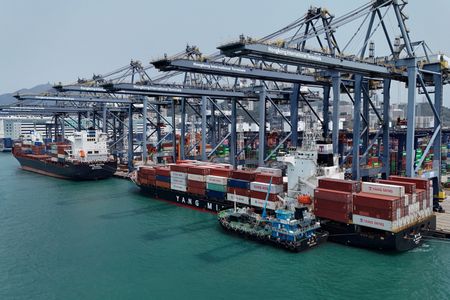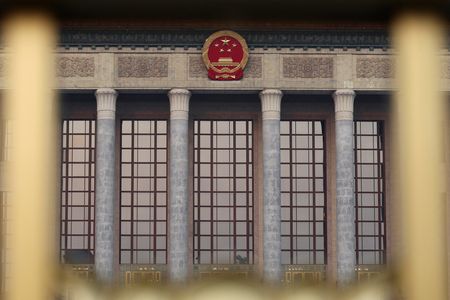By Xinghui Kok and Jun Yuan Yong
SINGAPORE (Reuters) -Singapore’s central bank kept its monetary settings unchanged on Wednesday, dashing some expectations for a loosening of policy, after second quarter economic growth surprised to the upside and global trade tensions eased somewhat.
The Monetary Authority of Singapore said it will maintain the prevailing rate of appreciation of its exchange rate-based policy band. The width and the level at which the band is centred were unchanged.
Half of the 12 analysts polled by Reuters ahead of the review expected the MAS to keep policy settings unchanged while the other half forecast a policy easing.
“The risk of a sharp step-down in global growth in the near-term has receded along with the general de-escalation in trade tensions as well as more benign financial conditions since April,” the MAS said in a statement. It added it was in an appropriate position to respond to risks after two previous easings.
The U.S. has in recent weeks cut trade deals with partners, including with Europe and Japan.
Instead of using interest rates, Singapore manages monetary policy by letting the local dollar rise or fall against the currencies of its main trading partners within an undisclosed trading band, known as the Singapore dollar nominal effective exchange rate, or S$NEER.
It adjusts policy via three levers: the slope, mid-point and width of the policy band.
OCBC economist Selena Ling said the MAS was keeping its ammunition dry and waiting to see the outcome of tariff negotiations given the two-way risks for inflation.
“Tariff impact on Chinese exports to rest of the world may be disinflationary, but geopolitics and supply chain recalibrations may be inflationary, so the net impact still has to be assessed,” said Ling.
Analysts from Bank of America, Goldman Sachs and DBS expect MAS to ease monetary policy for a third time this year at its next meeting in October.
The MAS eased monetary policy in January and April this year on growth concerns due to U.S. tariffs after holding settings since a tightening in October 2022.
The economy, however, is posting better-than-expected results as exporters rushed out goods to beat the imposition of U.S. tariffs. Singapore avoided a technical recession after the economy grew 1.4% quarter-on-quarter in the second quarter, according to preliminary government data.
Authorities in Singapore have warned that growth is likely to slow in the second half of 2025 as the export and production frontloading tapers off.
“Prospects for the Singapore economy remain subject to significant uncertainty, especially in 2026,” the MAS said on Wednesday.
In a separate report, MAS said the effective U.S. tariff rate on Singapore’s exports is currently at 7.8%, up from 6.8% in April.
In April, the government reduced its GDP forecast to 0.0% to 2.0% from 1.0% to 3.0%.
Core inflation in the city-state fell to 0.6% year-on-year in June from a peak of 5.5% in early 2023.
Maybank economist Chua Hak Bin expects 2025 GDP to come in above the government’s forecast.
“We are forecasting GDP growth at 3.2% and expect the trade ministry to upgrade their forecast in August when final second quarter GDP is released,” Chua said.
(Reporting by Xinghui Kok and Jun Yuan Yong; Editing by Martin Petty and Sam Holmes)




